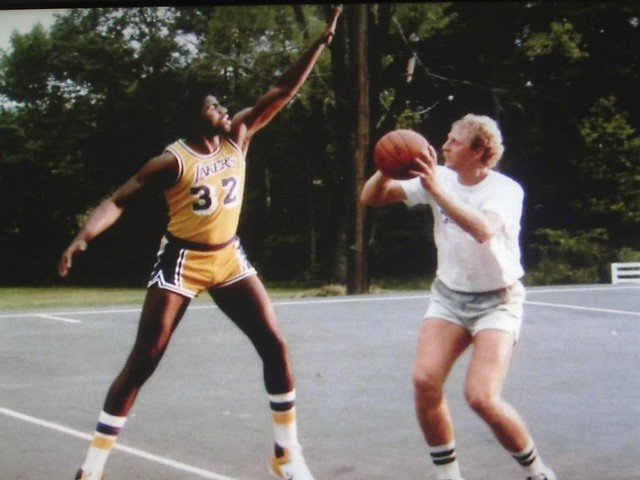Originally,
it was thought that the Olympics acted as a “war without weapons” in which
conflicting nations could battle out their disputes without causing any real
damage. Such battles would release
tensions that nations harbored and therefore reduce violence between them. However, it has been found that the Olympic
Games actually lead to disorder and conflict between nations (Hargreaves
1992).
That
being said, the Olympics are much more than an athletic competition. They provide an opportunity for change. In fact, it has been argued that the Olympics
are more about politics than athletics (
http://olympics.pthimon.co.uk/politics.htm).
One of the most memorable
political statements made at the Olympics was that of American sprinters Tommie
Smith and John Carlos. The African
American runners who placed first and third stood on the victory podiums as
each raised a fist covered by a black glove (Hartmann 1996). The gesture was meant to represent the unity
of the black community, but it was taken to mean very different things. Many people saw it as a sign of hatred toward
whites and felt that it stood as a threat.
Whatever the interpretation, it did one thing that would not have been
possible without the Olympics; it got the attention of people all over the
world.
While
the Olympics clearly serve as a stage for political movements, sociology only
recently began investigating this phenomenon (Foldesi 1992). As a sociology student, this surprised
me. Sociologists seek to understand
society, and nothing brings different societies together as well as the
Olympics. The Games not only influence individual
athletes but also issues such as the media, social stratification, and
policy.
Sociologists
have also examined how the Olympics are related to the economy. It has been argued that while the Olympics
may have previously been heavily impacted by politics, they are now primarily
based on making money (http://espn.go.com/olympics/summer/2012/basketball/story/_/id/8226218/olympic-emphasis-shifted-1968). With funding from multi-billion corporations
such as Budweiser, Coca Cola, McDonald’s, Proctor and Gamble, and Home Depot
there is no way that the funding for the Olympics will run dry anytime
soon. In addition, thousands of anxious
fans are often willing to pay just about anything to witness the feats of the
world’s most talented athletes.
Although
the Olympics may be an incredibly lucrative organization, I believe they still
have a function in politics and social change.
As shown by gold medalist speed skater Joey Cheek the Olympics provide
an opportunity to give help to those in need. Cheek not only donated the money he received for
his win to children in need but he also uses his status as an Olympian to raise
awareness about gruesome acts that have taken place is Darfur, Sudan (http://sports.espn.go.com/oly/summer08/columns/story?id=3505425). Without his involvement in the Olympics, Cheek
would not have had the money to donate or the platform in which he presents his
cause. Therefore, while the Olympics may
appear to be simply about competition in sports, the reality is that the
Olympics provide a place for social change and are in no way immune to the
politics of the world.
Foldesi, Gyongyi Szabo. "Introduction to Olympism in
Sport Sociology." International Review for the Sociology of Sport 27.2 (1992):
103-105.
Hargreaves,
John. "Olympism and Nationalism: Some Preliminary Considerations." International
Review for the Sociology of Sport 27.1 (1992): 119-135.
Hartmann, Douglas. "The Politics
of Race and Sport: Resistance and Domination in the 1968 African American
Olympic Protest Movement." Ethnic and Racial Studies 19.3 (1996): 548-566.













